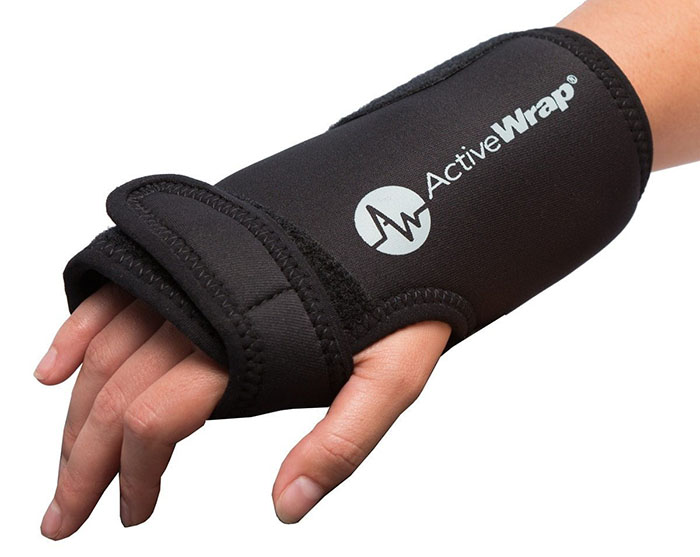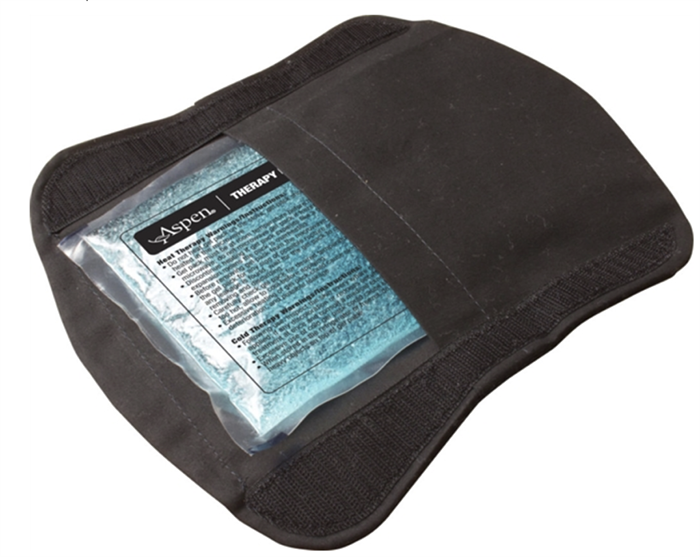The Benefits Of Hot/Cold Therapy: Knowing How and When to Use Both

What is heat therapy?
The idea behind heat therapy has to do with increased circulation. If you can increase the temperature of an affected area, you will increase the blood flow to that area as well. That increased blood flow improves muscle flexibility, heals tissue damage, and relaxes muscles which soothes discomfort.
When should I use it and how?
Heat therapy is best used for chronic pain or when muscles feel “stiff.” Dry (heating pads, dry heating packs or saunas) or moist (steamed towels, moist heating packs or warm baths) heat can used — moist are slightly more effective and achieve faster results but dry are probably the easiest to use. Apply heat to the affected area for 15-20 minutes at a time, and remember that “warm” is the goal, not “hot.”
Don’t use heat if…
If you are experiencing bruising or swelling, cold therapy should be tried first. If you have damaged skin or an open wound, do not apply heat. Certain preconditions should be considered before you attempt hear therapy:
- diabetes
- dermatitis
- vascular diseases
- deep vein thrombosis
- multiple sclerosis (MS)
Do not use heat therapy if you suffer from any of the above, unless otherwise directed by your doctor.
What is cold therapy?
An opposite complement to heat therapy, cold therapy actually reduces blood flow to your injured area, which can then reduce swelling and inflammation which cause pain. This is especially true when the source of pain is a tendon or the area right around a joint. Cold therapy also “numbs” pain — meaning it reduces nerve activity for a short time bringing temporary but welcome relief.
When should I use it and how?
Cold therapy is ideal for recent injuries because swelling is a typical source of pain in the first few days.
Cold packs, frozen gel packs, coolant sprays and ice baths are all good ways to get the benefits of cold therapy without having to leave your own home! All cold therapies should be applied for 5-20 minutes max.
Don’t use cold if…
- You have poor circulation
- You are already cold or the area is already numb
- there is an open wound or blistered skin
- The area feels stiff
- You are hypersensitive to cold
- Unable to sense cold
So remember, if you have recently been injured or have swelling and bruising – cold therapy should be the best fit. If you are suffering from chronic pain or stiffness, heat therapy may be more ideal. Some situations will call for both — patients with joint pain may use cold therapy to reduce swelling and heat therapy to increase flexibility.
As always, pay attention to how your body is reacting to whatever treatment you use and discontinue use if your symptoms gets worse. Talk to your physician to discuss other treatment options.
Check out our options for hot and cold therapy:

Hot & Cold Wraps


A good blog! I will bookmark a few of these.. Kelsy My Lorelei
Yeah. that’s what I was exploring for.. thanks.